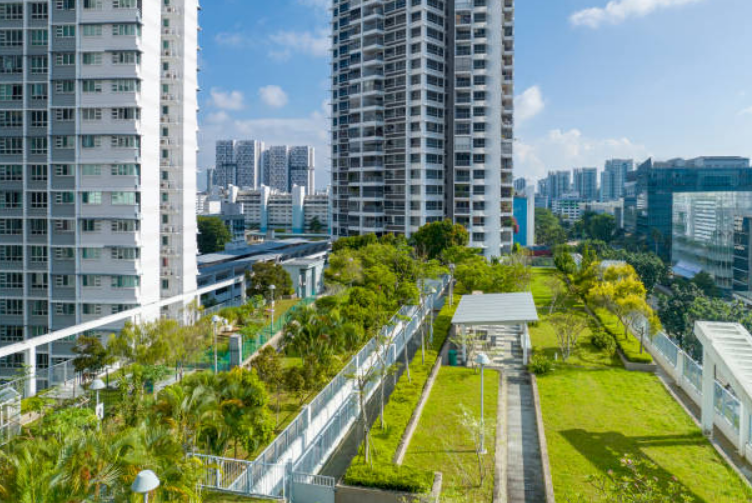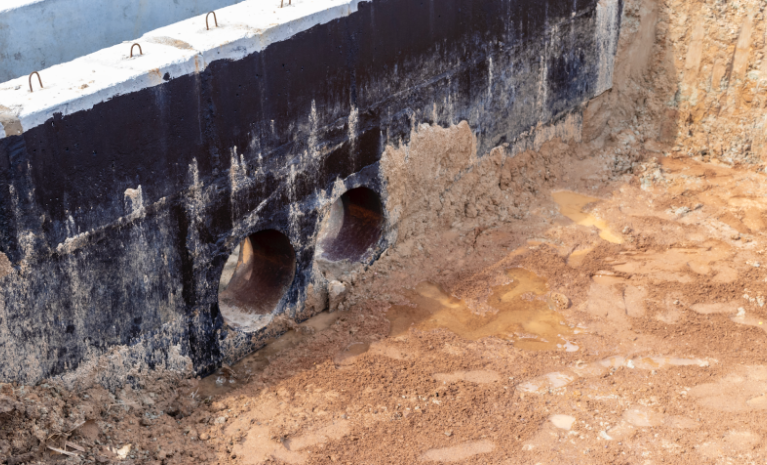Architectural

Tile Underlayment Membrane: The Hidden Foundation of Long-La...
Tile floors and walls are known for looking great and holding up over time. But what you can’t see underneath the tile is just as important as the tile itself. Before tile is installed, the surface…

Comprehensive Guide to Crack Isolation Membranes for Tile In...
Tile is only as reliable as what’s underneath it. If the surface below shifts or cracks, it can lead to damage that’s often costly to fix. That’s where a crack isolation membrane comes in—it helps…

Sustainable Urban Drainage Systems: Types & Examples
Urban areas face increasing challenges in managing stormwater due to expanding impervious surfaces and climate change. Sustainable urban drainage systems (SuDS) offer an innovative solution, managing…

Green Roof Drainage: Systems, Design & Materials
Green roofs offer a range of benefits from stormwater management to improving a building's energy efficiency.

Crawl Space Encapsulation Cost: Pricing Guide & Factors
Crawl space encapsulation is essential for maintaining a home’s integrity and enhancing energy efficiency.

Foundation Drainage Systems: Installation & Design Guide
Proper foundation drainage systems are key to maintaining the structural integrity of residential properties.

Air Barrier Testing: The Types and Requirements
Although there are several different types of air barrier tests, every test has the same goal in mind: to verify the effectiveness of air barrier systems. But what are the different types of air…

Waterproofing A Concrete Floor: What You Should Know
Waterproofing your concrete floor with crack-resistant Polyguard® Underslab Membrane will protect the flooring from the structurally damaging, expensive,

Is Waterproofing a Basement Worth It?
Proper waterproofing of basement floors and walls will protect your home or building’s strength and durability.

Crawl Space Encapsulation vs. Vapor Barrier: Pros and Cons
Vapor barriers and encapsulation can both control moisture accumulation and structurally damaging and unhealthy mold growth in a crawl space.

How Much Does It Cost to Waterproof a Basement?
The strength, durability, and safety of buildings and homes depend on proper waterproofing of the basement floors and walls.

How to Properly Waterproof Under a Deck
Your deck's long-term value, integrity, and aesthetics require adequate under-deck waterproofing with products like Polyflow® BD Sheet Molded Drainage Mat, compatible with Polyguard's Balconyguard™…











